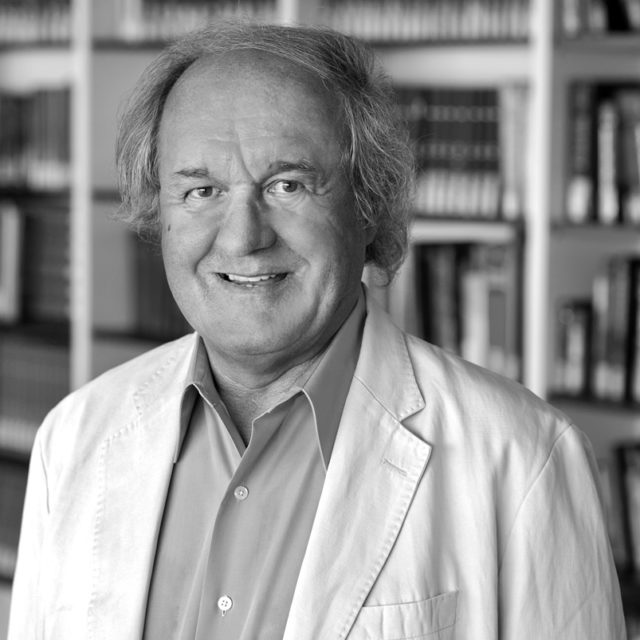Josef Rauschecker
Where Did Language Come from? Precursor Mechanisms In Nonhuman Primates
Speaker
Abstract →
Josef Rauschecker
Where Did Language Come from? Precursor Mechanisms In Nonhuman Primates
At first glance, the monkey brain looks like a smaller version of the human brain. Indeed, the anatomical and functional architecture of the cortical auditory system in monkeys is very similar to that of humans, with dual pathways segregated into a ventral and a dorsal processing stream. Yet, monkeys do not speak. Repeated attempts to pin this inability on one particular cause have failed. A closer look at the necessary components of language, according to Darwin, reveals that all of them got a significant boost during evolution from nonhuman to human primates. The vocal-articulatory system, in particular, has developed into the most sophisticated of all human sensorimotor systems with about a dozen effectors that, in combination with each other, result in an auditory communication system like no other. This sensorimotor network possesses all the ingredients of an internal model system that permits the emergence of sequence processing, as required for phonology and syntax in modern languages. So why don’t monkeys speak and humans do?

